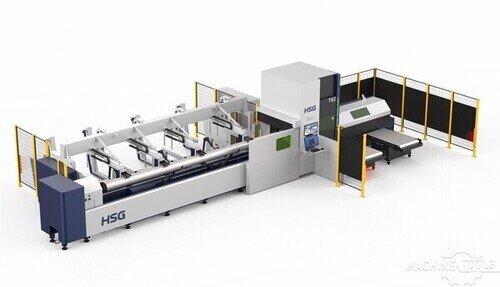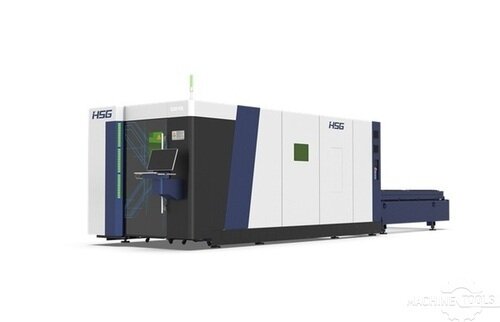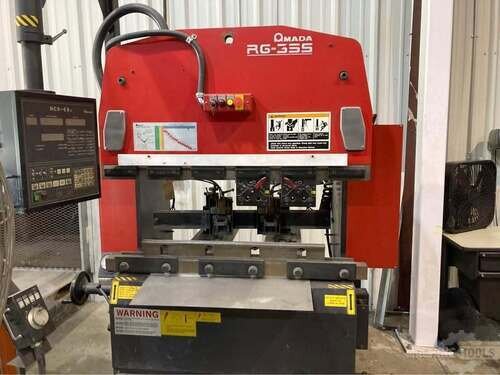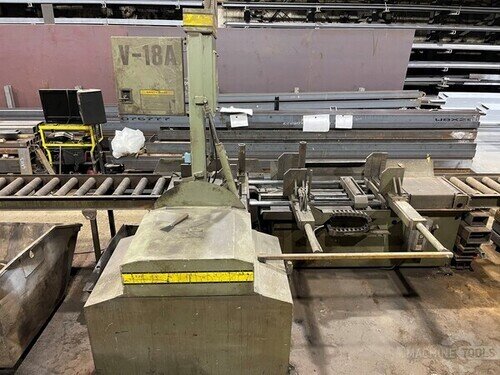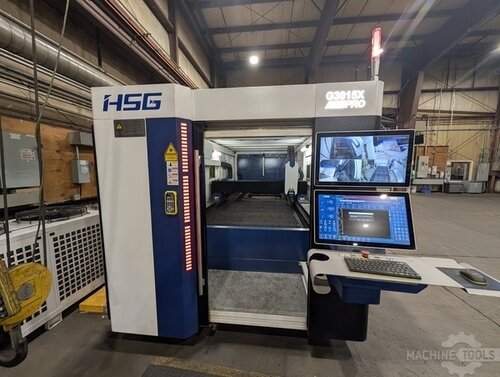As the Vice President of Sales at Mac-Tech, I’ve spent years working closely with clients in the automation and precision fabrication industry. It’s a role that requires not just technical expertise but a deep understanding of each client’s unique needs and challenges. When it comes to selecting fiber laser software, my primary goal is to ensure that it aligns perfectly with my clients’ operational requirements and long-term business goals. This is not just about selling a product; it’s about fostering a partnership built on trust and mutual success.
Understanding My Clients’ Unique Challenges
Every client I work with has a distinct set of challenges and objectives. Some are looking to improve efficiency, others need to increase precision, and there are those who require greater flexibility in their production processes. My first step is always to listen and ask the right questions to fully understand these needs. This consultative approach allows me to tailor recommendations that are not only technically sound but also aligned with the client’s strategic vision.
Moreover, I recognize that the landscape of automation and precision fabrication is constantly evolving. This means staying informed about the latest technological advancements and how they can be leveraged to address my clients’ specific pain points. By maintaining a pulse on industry trends, I can provide insights and solutions that help my clients stay ahead of the curve, ensuring they are equipped with the tools necessary for success in a competitive market.
Prioritizing User-Friendly Software Features
Ease of use is a critical factor when evaluating fiber laser software. My clients need software that their teams can quickly adapt to, without extensive training or a steep learning curve. I look for intuitive interfaces and features that enhance productivity rather than hinder it. Software should empower users, allowing them to focus on what they do best—creating precise, high-quality products.
In addition to user-friendliness, I also consider the adaptability of the software. It should be flexible enough to accommodate various project demands and scalable to grow alongside my clients’ businesses. By prioritizing these features, I ensure that the software not only meets immediate needs but also supports long-term operational goals.
HSG TS2 HIGH SPEED TUBE FIBER LASER CUTTING MACHINE
HSG G3015X 6KW
Ensuring Seamless Integration and Support
Integration with existing systems is another crucial consideration. The best software in the world is of little use if it cannot work harmoniously with a client’s current setup. I work closely with clients to understand their existing infrastructure and ensure that any new software will integrate smoothly, minimizing disruptions and maximizing efficiency.
Support is equally important. Even the most robust software can encounter issues, and when that happens, my clients need to know they have reliable assistance. I partner with vendors who offer comprehensive support services, ensuring that my clients have access to the help they need, when they need it. This commitment to support is a cornerstone of building lasting relationships with my clients.
Committing to Long-Term Client Satisfaction
Ultimately, my goal is to ensure my clients are not just satisfied, but genuinely thrilled with their investment. This means going beyond the initial sale and maintaining an ongoing relationship. I regularly check in with clients to gather feedback and discuss any new challenges they might be facing. This proactive approach allows me to offer timely solutions and continuously add value.
I also believe in the power of continuous improvement. The feedback I receive from clients is invaluable for refining our offerings and ensuring that we are always delivering the best possible solutions. By committing to long-term client satisfaction, I help foster a sense of partnership and trust that benefits both my clients and Mac-Tech.
FAQ
What should I look for in fiber laser software to ensure it’s user-friendly?
Look for software with an intuitive interface, easy navigation, and minimal learning curve. It should empower your team to work efficiently without extensive training.
How important is software integration with existing systems?
Integration is crucial. The software should seamlessly work with your current infrastructure to avoid disruptions and ensure smooth operations.
What kind of support should I expect from fiber laser software providers?
Expect comprehensive support, including technical assistance and troubleshooting, to ensure you have help whenever you need it.
How can fiber laser software improve my production efficiency?
By automating processes and enhancing precision, fiber laser software can significantly boost production efficiency, reducing waste and improving output quality.
What role does scalability play in choosing fiber laser software?
Scalability ensures that the software can grow with your business, accommodating increased demand and new project requirements without needing a complete overhaul.
Choosing the right fiber laser software is a critical decision, and I’m here to guide you every step of the way. Whether you’re looking to enhance precision, improve efficiency, or integrate seamlessly with existing systems, my team and I are committed to finding the perfect fit for your needs. Let’s work together to achieve your operational goals and drive your business forward.
Get Weekly Mac-Tech News & Updates

